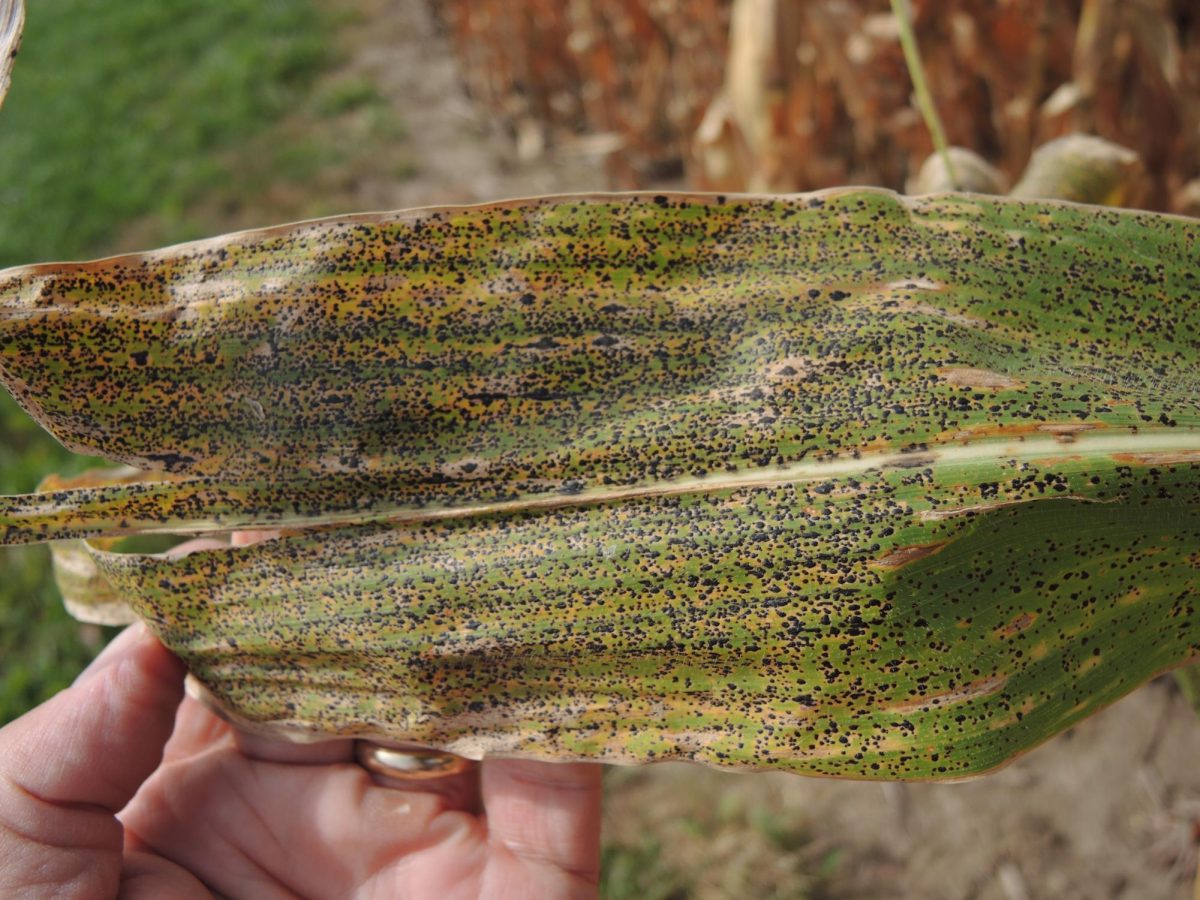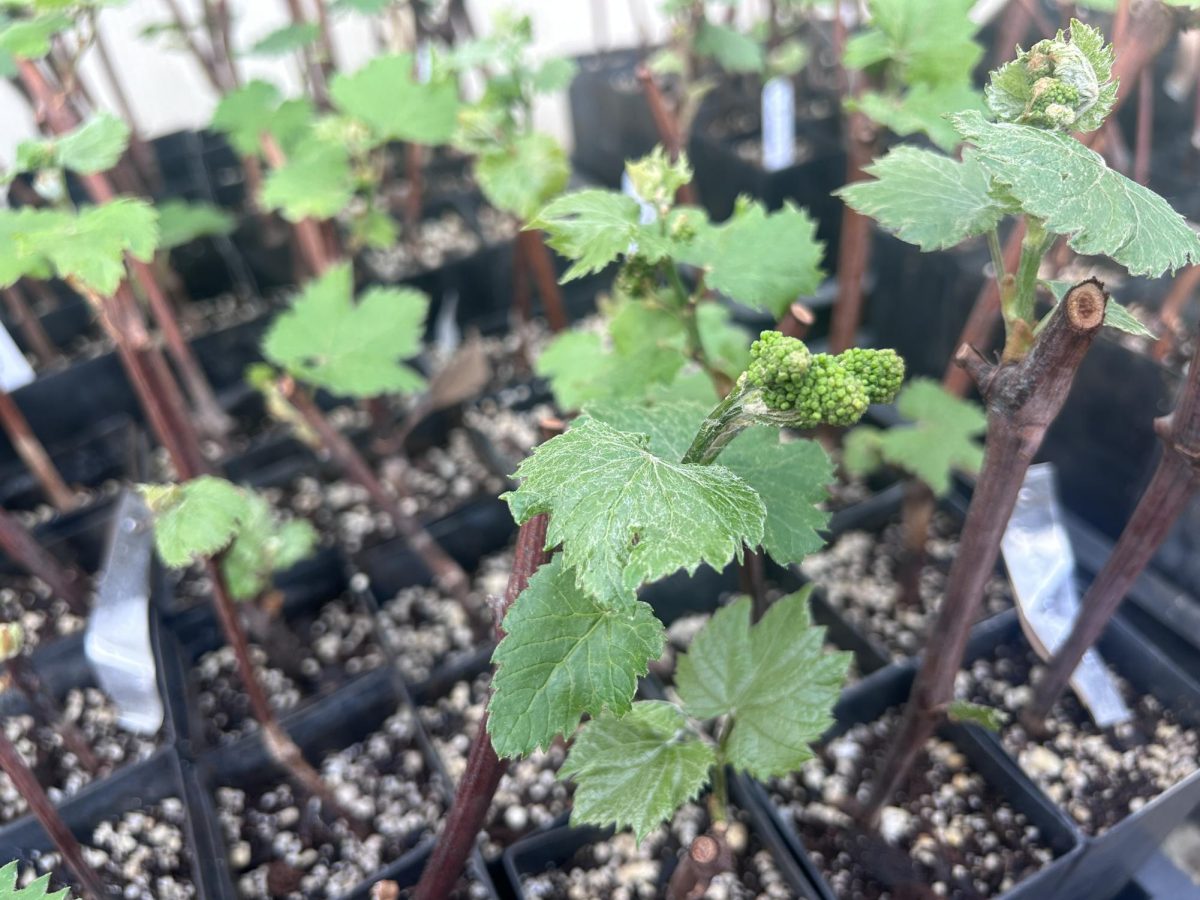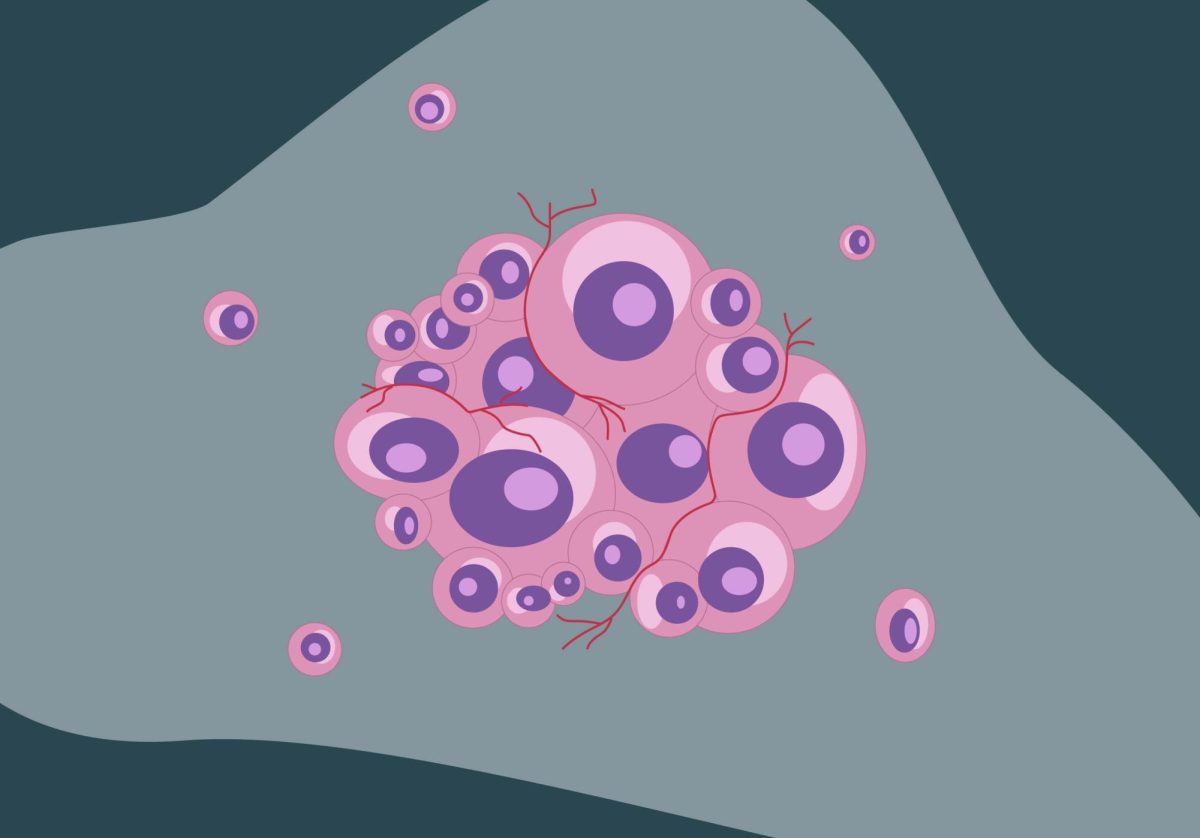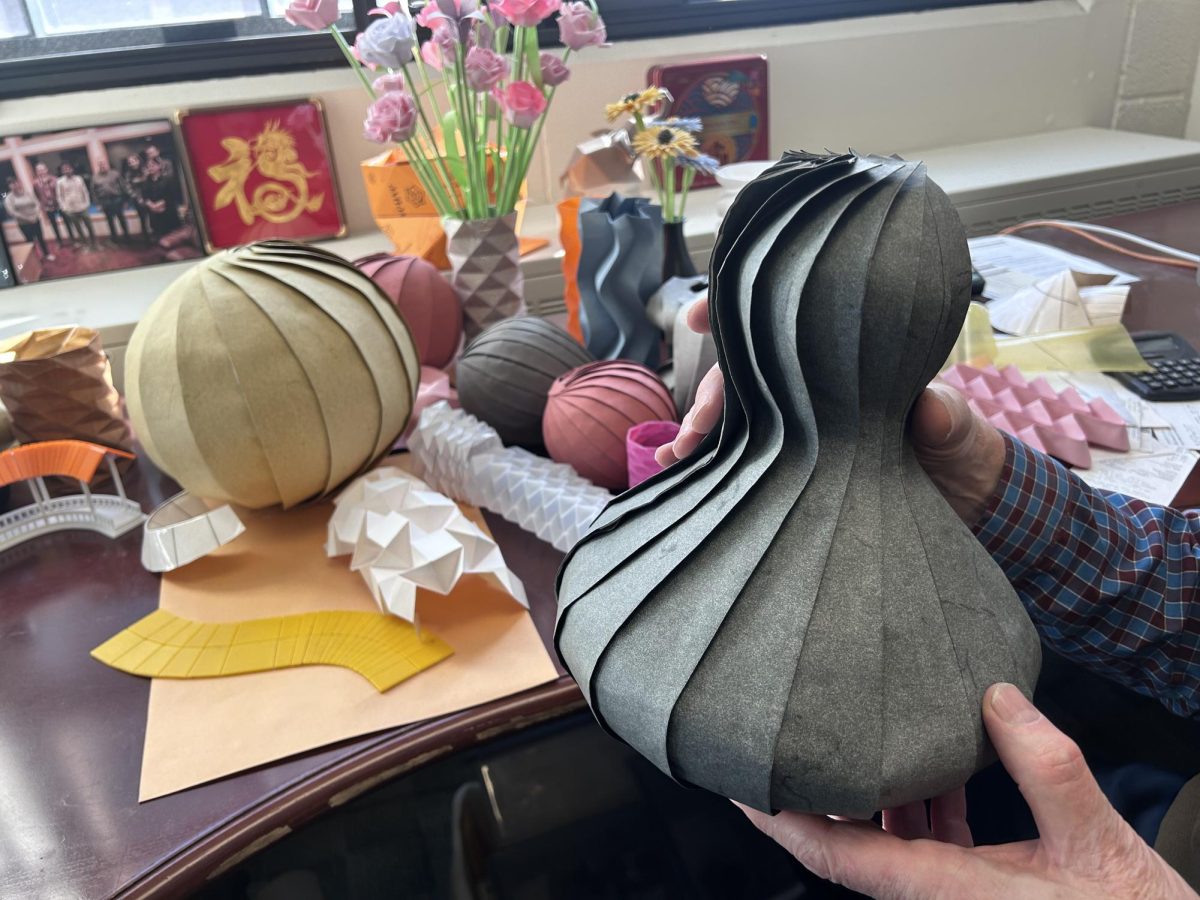Researchers at the University of Minnesota reached a breakthrough in research on the corn tar spot pathogen, a disease that threatens corn production.
The researchers recently developed and reported processes to infect corn plants with the pathogen, making it possible for them to conduct research in the field. A research study summarizing these findings was published in the international journal “Plant Disease” in May.
The pathogen, also known as tar spot, is a plant disease resulting in the appearance of spots on leaves, stalks and husks that resemble spots of tar, according to an article by Purdue University.
Lead Author José Solórzano is a doctoral candidate in plant pathology at the University of Minnesota working to understand the disease cycle of tar spot. He said this involves understanding how the pathogen, corn and environment interact for the disease to be caused.
The research was funded by the University’s Minnesota Invasive Terrestrial Plants and Pests Center (MITPPC).
University professor and the center’s Director Robert Venette said tar spot research has been difficult up until now because corn plants have to show physical signs of the disease in order to conduct research. This means researchers have been reliant on natural infections, which are unpredictable.
Venette said the research team found a way to reliably immunize corn with the tar spot pathogen, allowing them to conduct research. Further trials may help explain things like whether certain lines of corn are resistant, for example.
Solórzano said tar spot can reduce corn production, which may pose a significant economic threat in Minnesota, the third-largest producer of corn in the United States, according to the Minnesota Corn Growers Association.
In an emailed statement to the Minnesota Daily, Annie Harvieux, communications coordinator for UMN Plant Pathology, said this research is a stellar example of the influence plant pathologists can have. She said the research will empower the development of disease management practices and help corn farmers.
Solórzano said his research involves developing methods to recreate or induce the disease in greenhouses and growth chambers as well as in the field.
Researchers are also working to understand the diversity of the pathogen causing tar spot, among other things, Solórzano added.
According to Solórzano, the biggest highlights of the research study published in May included the following discoveries:
- A single implantation of tar spot can lead to the establishment and development of the disease and this establishment can lead to the spread of the disease.
- The fungus can remain viable at minus 20 degrees Celsius for at least 11 months.
- Tar spots can appear and spread in previously thought-to-be unfavorable environmental circumstances, such as those that are drier and less humid.
Solórzano, who grew up on a farm in Honduras, said he has long been familiar with the disease.
“I wanted to do this research because I wanted to understand the stuff that I knew when I was a child,” Solórzano said.
Tar spot has been a major plant disease in several Latin American countries since the early 20th century, according to a research study in “Plant Disease.” It was first documented in the U.S. in 2015.
The MITPPC, founded in 2015, provides funding for research on the prevention, detection and control of terrestrial invasive species in Minnesota, according to its website. It is the only research center of its kind in the country that is focused on terrestrial invasive species.
Venette said the MITPPC decides what research to fund by prioritizing threatening invasive species. Using community input, the center came up with 17 factors determining what traits make a species a threat.
According to Venette, the center determined the research of Solórzano and his team to be scientifically novel and to have great potential to improve the management of the tar spot pathogen.
”There’s a really strong community of individuals who care about this research and want to be able to use the results right away,” Venette said.
Venette said the center meets with the research team every six months to see how the research is progressing. He said Solórzano and co-author Dean Malvick’s work has been very impressive.
“They have just been a dynamic duo,” Venette said. “Just making incredible progress all the way through this project. So we’ve been very impressed with their work.”














